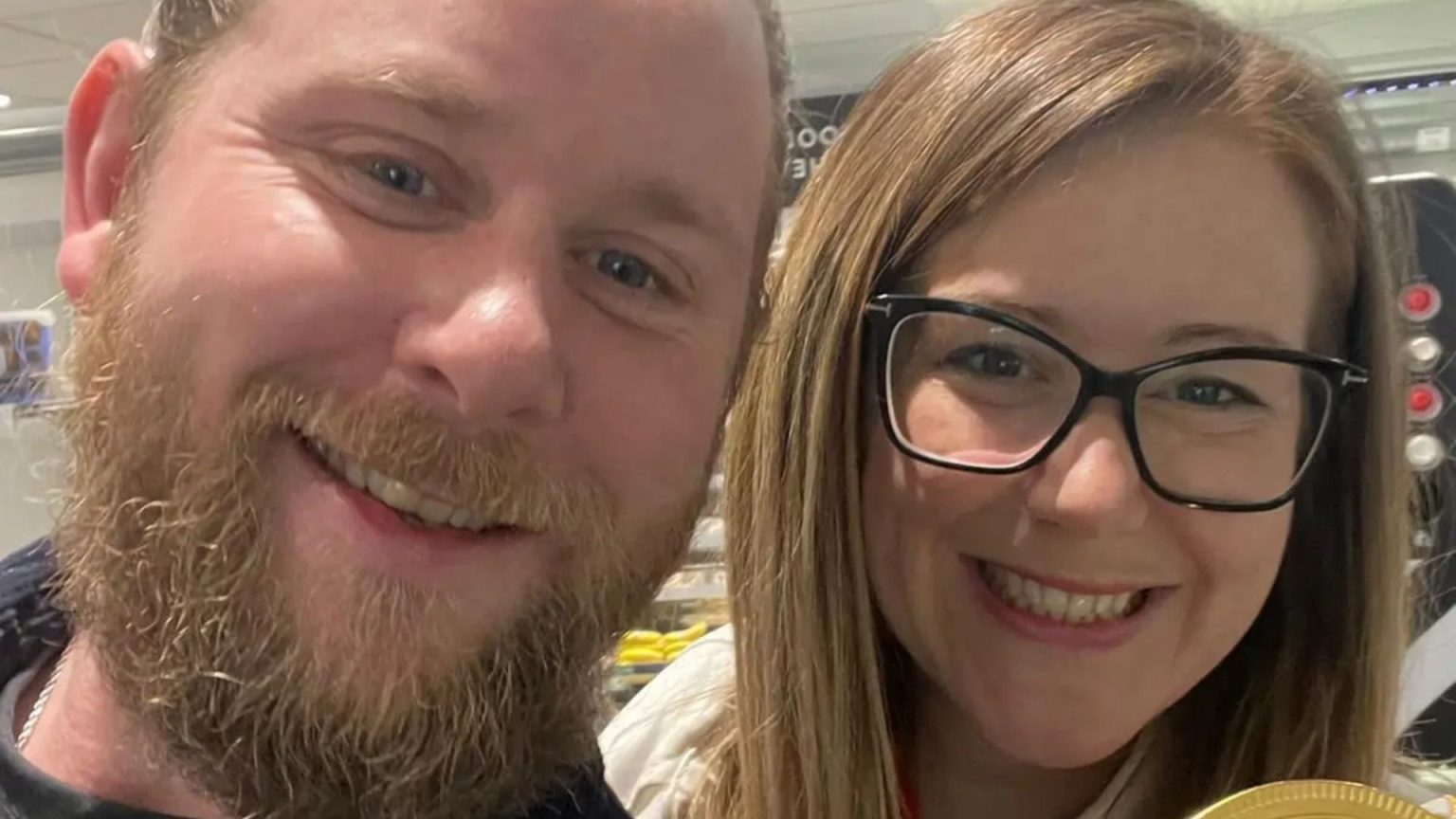Lauren Jolly’s journey with cervical cancer began subtly, with a persistent lower back ache she initially dismissed as a consequence of moving house. However, other, more alarming symptoms were also emerging, including intermenstrual bleeding, a phenomenon she attempted to attribute to perimenopause or stress. Despite these seemingly plausible explanations, a deep-seated intuition told Lauren that something more sinister was at play. This gut feeling, though unsettling, proved tragically accurate when she received a cervical cancer diagnosis six months later. Fearful of being labeled a hypochondriac, Lauren initially confided her suspicions only to her husband. The confirmation of her fears, while not entirely unexpected, still delivered a devastating blow to her family, who had remained largely unaware of her concerns.
Lauren’s path to diagnosis began with an appointment with her GP in September 2023, prompted by the persistent bleeding and back pain. Although the GP didn’t suspect cancer, an urgent referral was made as a precaution. A subsequent specialist consultation echoed the GP’s assessment, but biopsies and a colposcopy were performed for thoroughness. By this point, Lauren’s inner conviction about her condition was unshakeable. The results confirmed her deepest fears: she had cervical cancer, despite having diligently attended all her cervical screenings. This diagnosis highlighted the crucial fact that while smear tests are a vital tool in preventing cervical cancer, they are not infallible.
The diagnosis marked the beginning of an arduous treatment regimen. Just five weeks later, Lauren underwent a radical hysterectomy, a procedure encompassing the removal of her uterus, cervix, fallopian tubes, part of the vagina, and pelvic lymph nodes. This surgery, with its inherent physical and emotional toll, coincided with her tenth wedding anniversary and her son’s fourth birthday, adding layers of complexity to an already challenging time. Post-surgery, further testing revealed the cancer had progressed to stage 2, spreading to her vagina and approaching her bladder. This necessitated chemotherapy, radiotherapy, and brachytherapy, a prospect that filled Lauren with apprehension, given the potential side effects.
While the initial diagnosis had been met with a sense of grim acceptance, the realization that she required extensive further treatment proved far more daunting. Lauren’s primary focus shifted to shielding her young children from the upheaval of her illness, striving to maintain a semblance of normalcy for them. The months that followed were a blur of grueling treatments and their accompanying side effects. Lauren’s strength and resilience were tested as she navigated the physical and emotional challenges of cancer treatment, all while prioritizing her children’s well-being. This period, though difficult to recall in detail, remains a potent reminder of her determination and resilience.
The arduous journey finally reached a turning point in July, a year after her initial surgery, when Lauren received the long-awaited all-clear. However, the aftermath of the treatment continued to impact her, both physically and emotionally. Lingering exhaustion and fatigue became her new normal, requiring ongoing monitoring by her medical team. Despite these challenges, Lauren gradually resumed her life, returning to work part-time, enjoying a family holiday, and even attending a Taylor Swift concert. These milestones marked her return to a semblance of normalcy, a testament to her resilience and determination to reclaim her life.
Lauren’s experience transformed her into a passionate advocate for raising awareness of gynaecological cancers. She emphasizes the importance of education, expressing her astonishment that cervical cancer symptoms aren’t more widely discussed, especially in schools and on feminine hygiene product packaging. She urges women to trust their instincts and seek medical attention if they experience any unusual symptoms, regardless of recent smear test results. Lauren’s own case underscores this point, as her cancer was detected despite regular screenings. Her advocacy is driven by a desire to empower women to take control of their health and not dismiss potential warning signs, even if they appear minor. She also highlights the misconception that smear tests are a foolproof preventative measure, emphasizing that they are a crucial screening tool but not a guarantee against developing cancer. Lauren’s story serves as a powerful reminder of the importance of vigilance and self-advocacy in women’s health.











